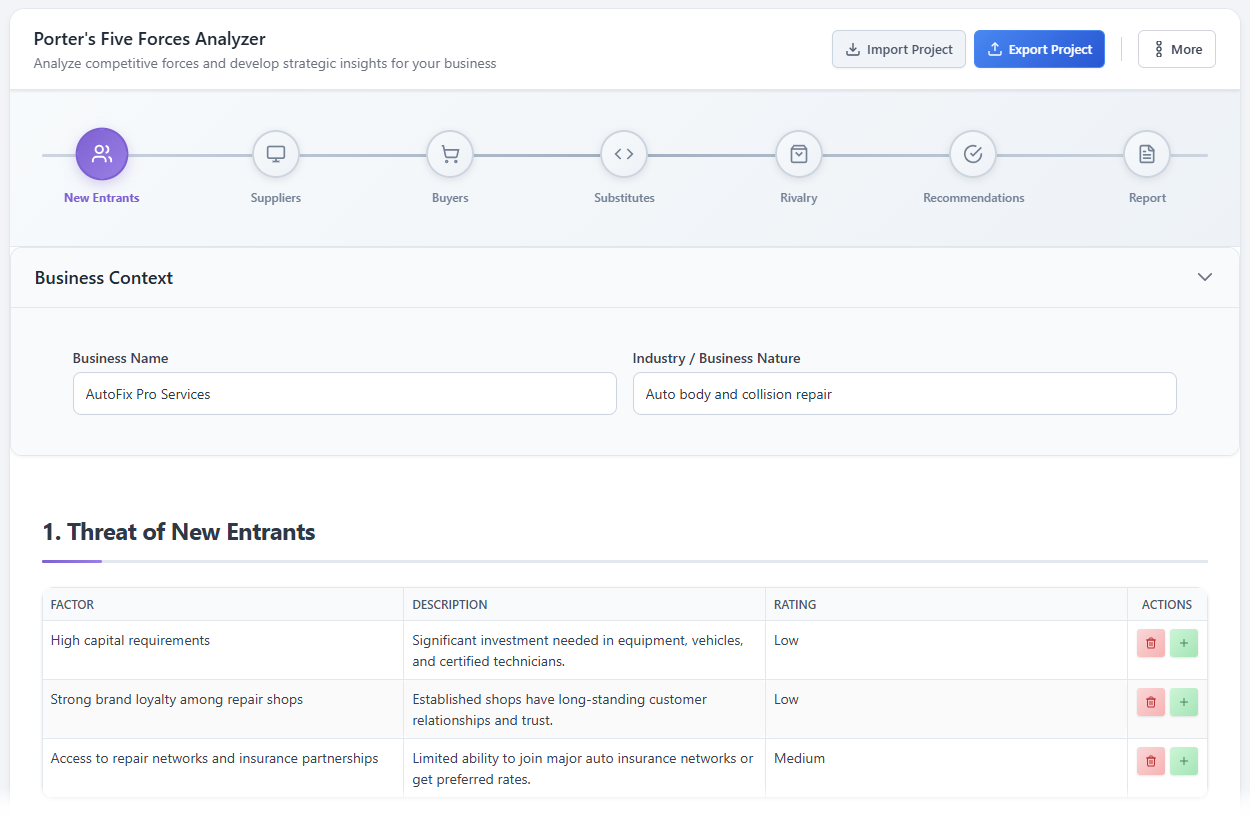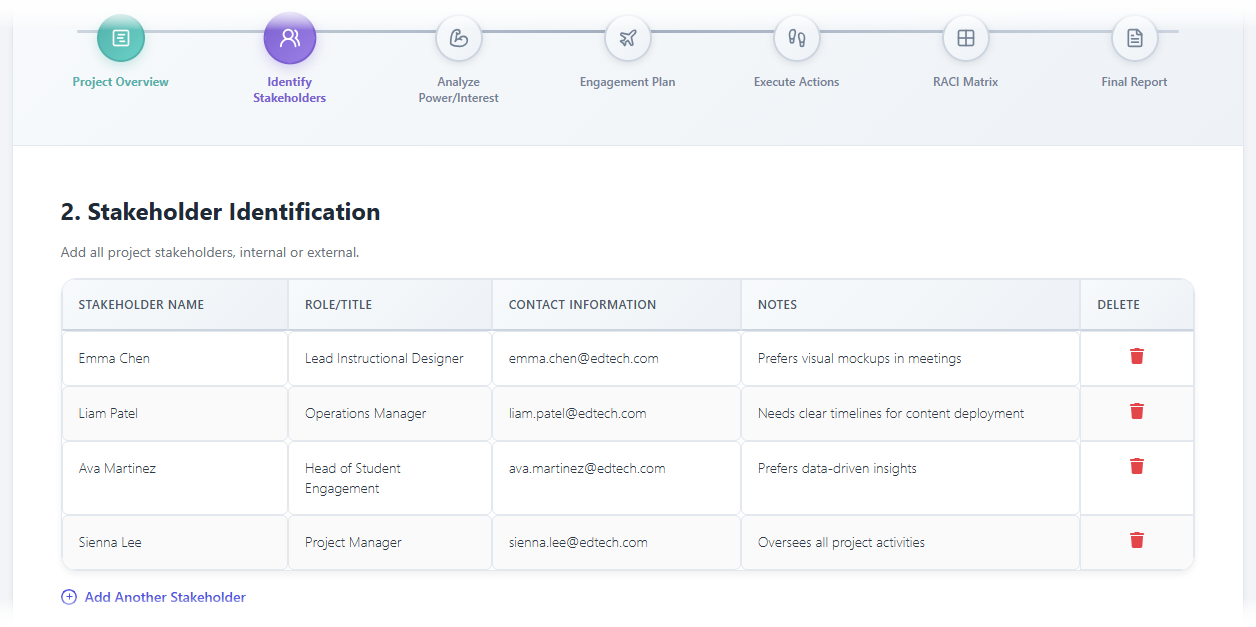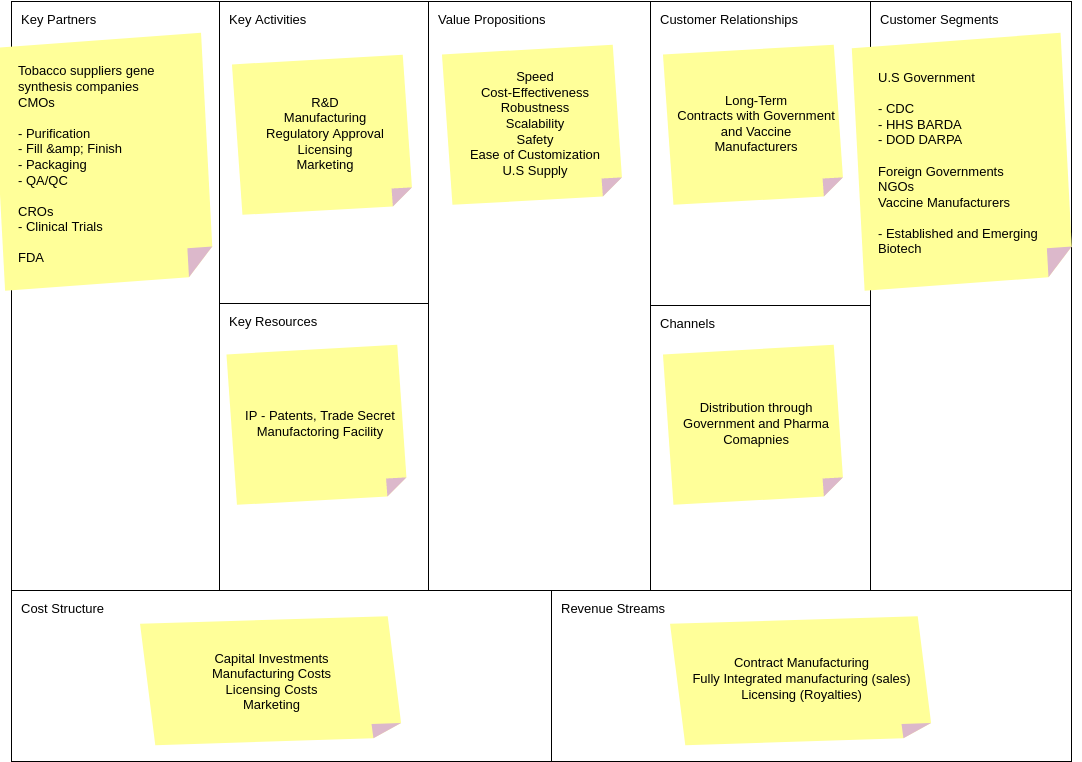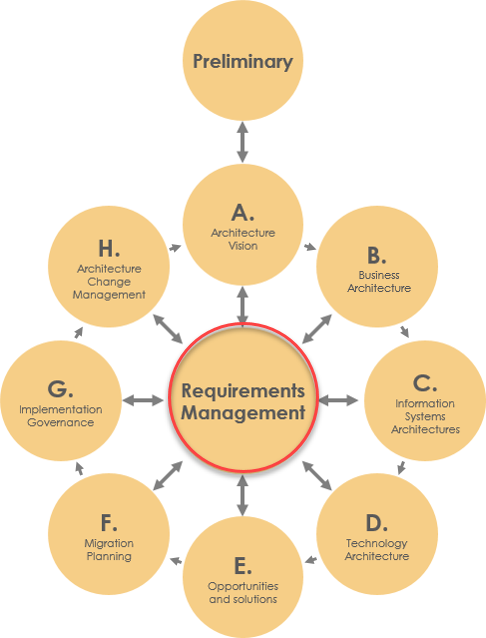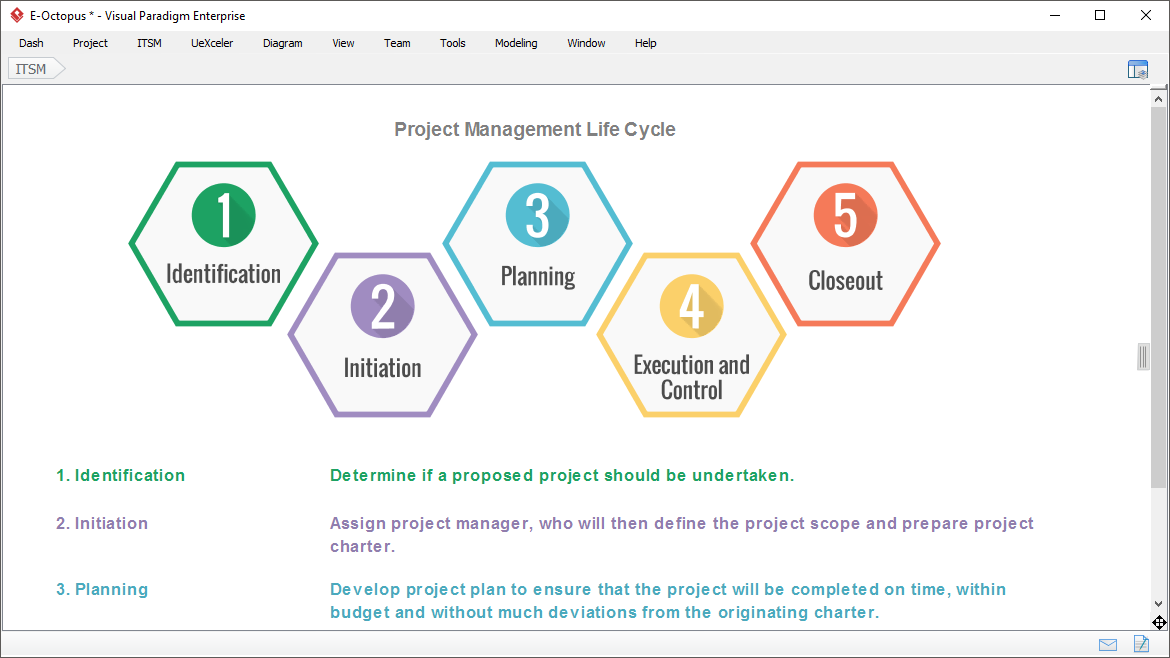What is Porter’s Five Forces Analysis?
Ever wonder why some industries are consistently more profitable than others? Or maybe you're about to launch a new venture and want to understand the competitive battlefield you're stepping into. A deep analysis of your market's competitive forces is the key, and one of the most enduring frameworks for this is Porter's Five Forces. What is Porter's Five Forces Analysis? Porter's Five Forces is a strategic framework for analyzing the level of competition within an industry and its potential for profitability. Developed by Michael E. Porter of Harvard Business School, it looks beyond…continue reading →

